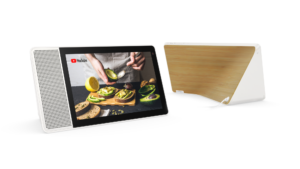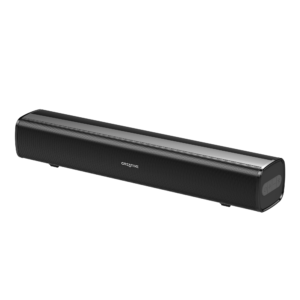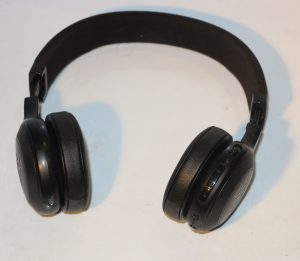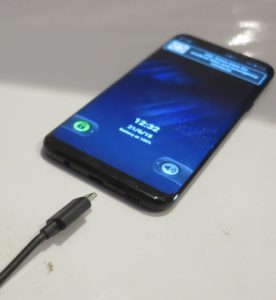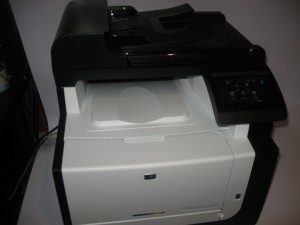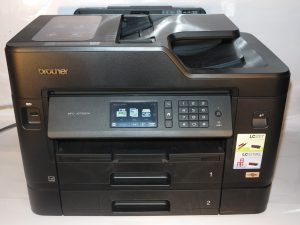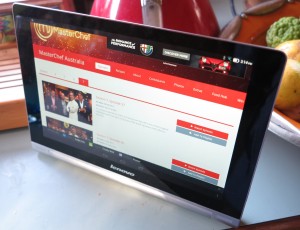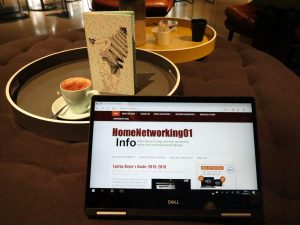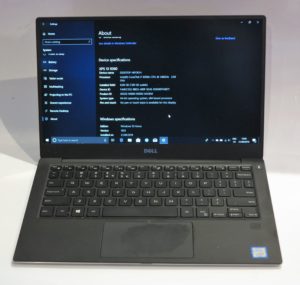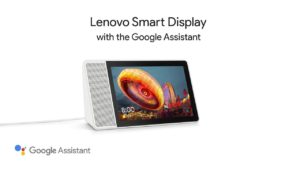Ambient Computing–a new trend
Article
Lenovo see smart displays as a foundation for ambient computing | PC World
My Comments
A trend that is appearing in our online life is “ambient computing” or “ubiquitous computing”. This is where the use of computing technology is effective part of our daily lives without us having to do something specific about it.
One driver that is facilitating it is the use of voice-driven assistant technology like Apple’s Siri, Amazon’s Alexa, Google’s Assistant or Microsoft’s Cortana. It has manifested initially in mobile operating systems like Android or iOS but has come about more so with smart speakers of the Amazon Echo, Google Home or Apple HomePod kind along with Microsoft and Apple putting this functionality in to desktop operating systems like MacOS and Windows.
As well, Amazon and Google have licensed out front-end software for their voice-driven home assistants so that third-party equipment manufacturers can integrate this functionality in their consumer-electronics products. It also includes the availability of devices that connect to larger-screen TVs or higher-quality sound systems to use them as display or audio surfaces for these voice-driven assistants, even simply just to play audio or video content pulled up at the command of the user.
Lenovo underscored this with their current Smart Display products and the up-and-coming Smart Display products including a Lenovo Yoga Smart Tab which was premiered at IFA 2019 in Berlin. These are based on the Google Home platform and they were underscoring the role of these displays in ambient computing.
Another key driving factor is the Internet of Things which may be seen in the home context as lights, appliances and other devices connected to the home network and Internet. It doesn’t matter whether they connect to the IP-based home network directly or via a “home hub” device. These work with the various voice-driven home-assistant platforms as sensors or controlled devices or, in some cases, alternate control surfaces.
It extends beyond the home through interaction with various building-wide or city-wide services that relate to energy use, transport, personal security amongst other things.
The other key driver that is highlighted is the use of distributed computing or “the cloud” where the data is processed or presented in a manner that is made available via the Internet on any device. It can also include online services that present information or content at your fingertips from anywhere in the world. In some cases, there is the use of data aggregation to create a wider picture of what is going on.
What this all adds up to is the concept of an “information butler” that responds with information or content as you need it. This is underscored with ambient or ubiquitous computing that is not just a Silicon Valley buzzword but a real concept.
What does the concept of ambient or ubiquitous computing underscore?
Here it is the use of information technology in a manner that blends in with your lifestyle rather than being a separate activity. You interact with one or more of the endpoints while you undertake a regular daily task and this can be about showing up information you need or setting up the environment for that activity. It relies less on active participation by the end-user.
Ambient computing is adaptive in that it fits in and adapts to your changing needs. It is also anticipatory because it can anticipate future needs like, for example, changing the heating setting to cope with a change in the weather. It also demonstrates context awareness by recognising users and the context of their activity.
But ambient computing still has its issues. One key issue that is called out frequently is end-user privacy including protection of minor children when users interact with these systems. An article published by Intel underscores this in the context of simplifying the management of our privacy wishes with the various devices and online services through the use of “agent” software.
This also relates to data security for the infrastructure along with data sovereignty (which country the data resides in) due to issues like information theft and use of information by foreign governments.
Similarly, allowing ambient-computing environments to determine activities like what content you enjoy can be of concern. This is more important because you may choose particular content based on your values and what others who have similar tastes and values recommend. It can also lead to avoiding addiction to content that can be socially harmful or enforcing the consumption of a particular kind of content upon people at the expense of other content.
Another factor that can creep up if common data-interchange standards aren’t implemented is the existence of data “silos”. This is where an ambient computing environment is limited to hardware and software provided by particular vendors. It can limit competition in the provision of these services which can restrict the ability to innovate when it comes to developing these systems further.
But what is now being seen as important for our online life is the trend towards ubiquitous ambient computing that simply is part of our lives.


